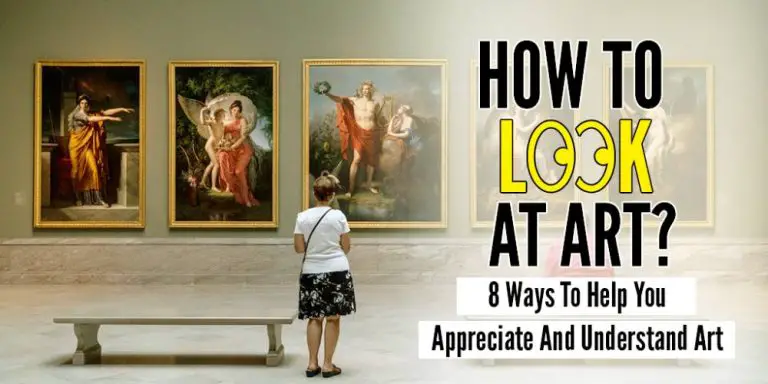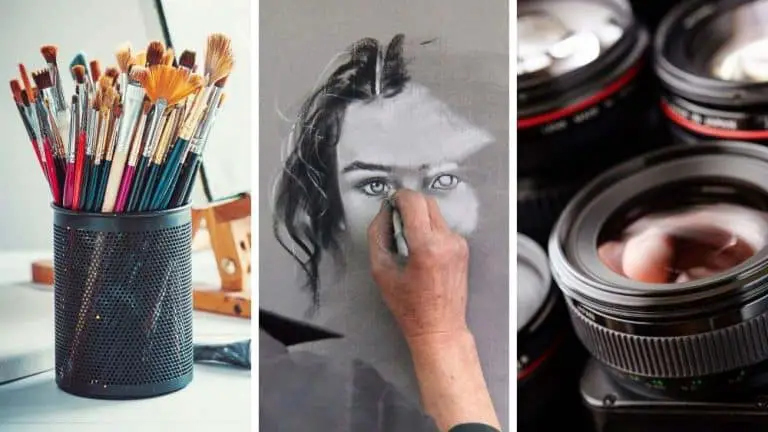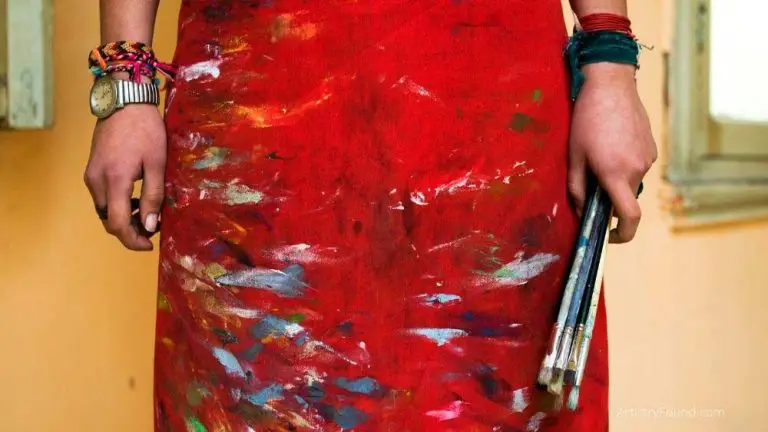Does A Self-Portrait Have To Be Of You? (Or Your Face)
Self-portraits are a portrayal of the artist, but do they have to include the artist in the portrait? The most common form of the self-portrait is, of course, a representation of the artist’s face, but many other forms of self-portraiture are becoming accepted.
A self-portrait does not need to be a direct portrait of you or your face. Self-portraits can be done in the abstract, and can include imagery other than your face or body parts. Self-portraiture by definition, however, must be a representation of the person making the portrait.
Self-portraits are meant to capture the essence of the artist. Whether to show moods, emotion, or interests, a creative self portrait should clearly reflect the core of who the artist is. Let’s look deeper at precisely what that means.
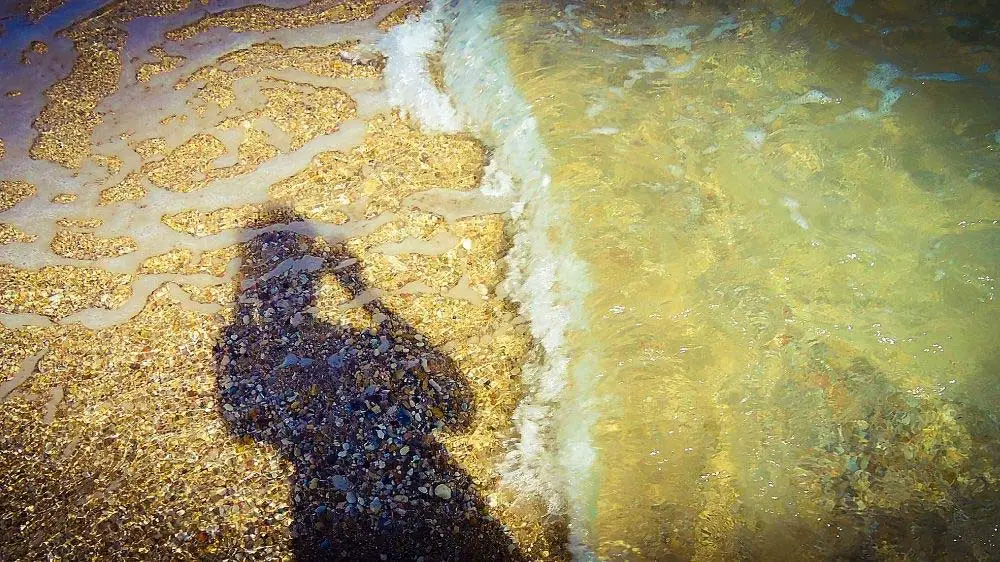
(This article may contain affiliate links and I may earn a commission if you make a purchase)
Does A Self Portrait Have To Be Of You?
The purpose of a self-portrait is complex, and therefore, no hard and fast rules apply. Many motives drive self-portraiture. For that reason, a self-portrait can be far more than just a picture of a face.
It should represent the creator of the portrait in some way, but those ways can vary considerably. The focus of the self-portrait will depend mainly on the purpose of the portrait.
Some People Create Their Own Memorial
One purpose of self-portraits is to preserve for posterity the accurate image of one’s self. Every human wants to be remembered long after their lifetime has expired, and one way to do that is to create a self-portrait.
Of course, if this is the goal, then the portrait’s focus must be the face of the portrait’s subject. These types of self-portraits are relatively straightforward without a great deal of background or setting added.
Some Self-Portraits Are About Acceptance
A growing trend in self-portraiture is documenting the progression of an unpleasant circumstance in an attempt to accept the brutal truth. This is especially common among those who have a chronic progressive illness and those who struggle with body image.
For those with an unwanted diagnosis, seeing the disease’s progression as other people see it helps them accept that it is real and a part of their life. This doesn’t indicate a negative mindset; instead, it is a coping mechanism as they grapple with uncontrollable changes in their lifestyle.
For this reason, a self-portrait may not be an exact representation of the person’s physical features. It could be a representation of adaptive devices that they need to accomplish daily tasks. Or it could be a representation of what they feel the disease is doing to their body.
Those who struggle to accept themselves as they are may find it therapeutic to view themselves through self-portraiture. It may help them to realize that everything about them is not negative. It may help spotlight the positive aspect of their person and teach them to work through their difficulties.
Self-Portraits Are A Way To Understand One’s Self
Many people create self-portraits to help them better understand themselves. For them, self-portraiture helps to unpack all their emotions, both positive and negative, by examining the reason for their choices in:
- Scenery
- Poses
- Moments to record
- Expressions
- Types of shots captured
The subtle psychology behind all these choices can tell one much about themselves. For those who struggle with depression or anxiety, self-portraits may help them to identify triggers or stressors that precipitate their various moods.
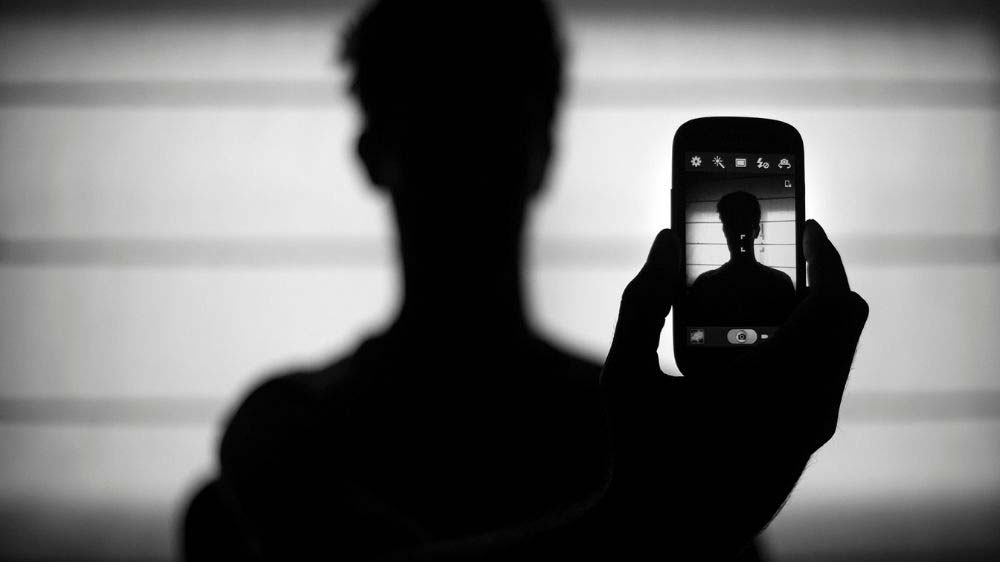
This type of self-exploration can be incredibly beneficial in learning both to avoid stressors and triggers when possible and to cope with them when avoidance is not an option.
Self-portraiture may also reveal much to one about their strengths and interests. They may learn more about the hidden side of their nature by examining the settings they most often use for their self-portraits.
For example, if one habitually chooses a sterile, solitary setting for their self-portraits, it may show an aspect of their nature that needs everything to be just so. Perhaps their life feels out of control, and the sterile environment helps them feel more in command.
This is the central purpose behind modern self-portraiture. Especially with young people who are just beginning to discover who they are, self-portraits help them work through the many conflicting emotions that accompany the “growing-up” process.
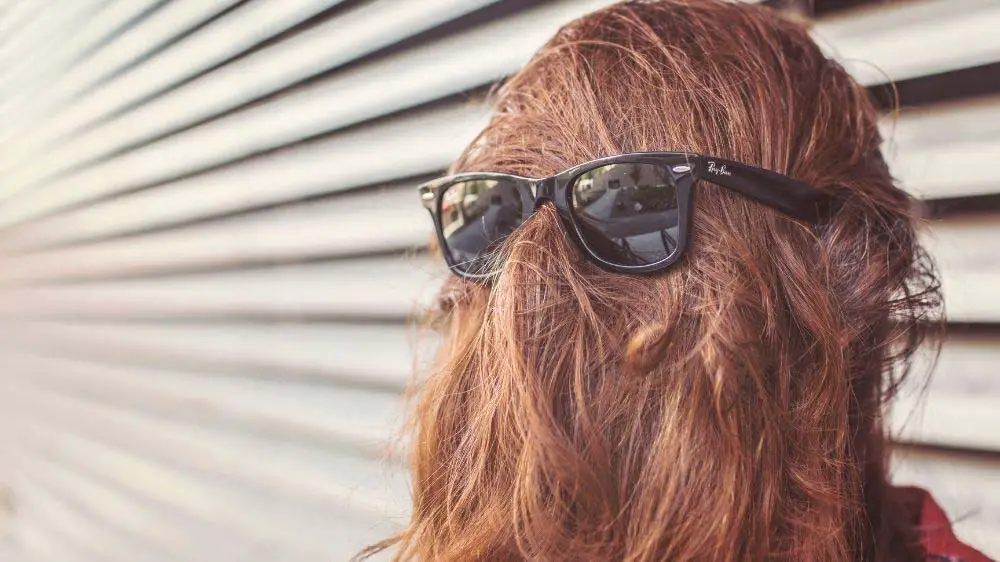
This has given rise to abstract self-portraiture, which represents how the person feels more than how they look. Portraits that show moods or indicate emotional struggles are quite common in the twenty-first century.
What Qualifies As A Self-Portrait?
It seems that as long as the artist is hinted at somewhere on the canvas or in the image, the portrait qualifies as a self-portrait. In some of the most famous representations, the only appearance of the artist is in a smudge or a shadow that represents their presence in promity to the scene.
In other cases, artists will create a self-portrait of a hand or foot. For example, a writer might choose to create a self-portrait of his hand holding a pen poised over paper. This would capture the essence of who he is.
A marathon runner may want a self-portrait of his feet laced into his best running shoes. It qualifies as self-portraiture because it is revealing something about the artist who created it.
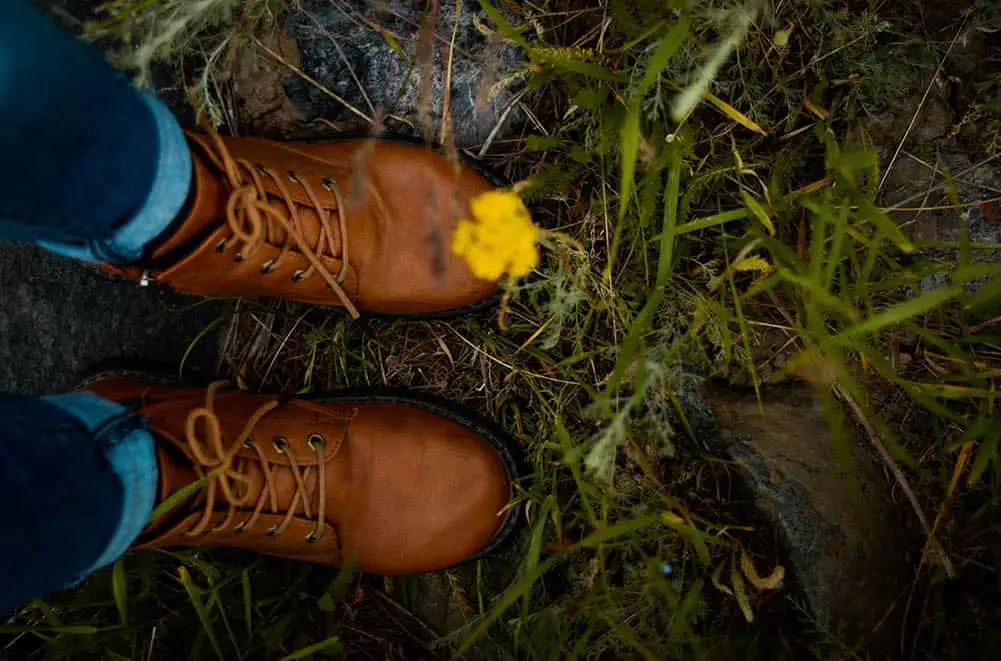
A person who struggles with self-esteem or identity may create an abstract in which the faint hints of a face are barely discernible. Yet, this qualifies as a self-portrait because it shows how the artist or photographer sees themselves.
These are all legitimate self portrait ideas. For many more self-portrait ideas, take a look at my post: Do Self-Portraits Have to Be Realistic? The article contains a lot of great ideas for self portraiture.
The Difference Between a Selfie and a Self-Portrait
Do selfies count as self-portraits? Technically yes, because the photographer and the subject of the photograph are the same person. But in all honesty, no, selfies don’t count. The reason they don’t count is that they don’t serve the same purpose.

Selfies are usually just a spur-of-the-moment reaction to something considered worthy of documenting. They aren’t often meant to reveal something about the photographer. That’s not to say that they never do, but usually, they don’t.
Selfies are most often taken as a sort of visual diary to show friends an:
- Adventure
- Outfit
- Outstanding moment
Rarely do selfies go beyond whatever may be happening at the moment to show the real character of the person who shoots the selfie. In fact, selfies usually do just the opposite. They cover up the real character of the person in the photo.
Selfies are usually shot from the most flattering angle and enhanced with all kinds of filters. Blemishes are removed, or the shot may be taken over and over, until the subject feels that it is the best version of themselves that they can create.
On the other hand, self-portraits are meant to be raw and real to showcase the good and the bad along with the ugly.
Mediums To Create a Self-Portrait
Creating an image of yourself doesn’t have to be limited to a single medium like self portrait photography. A portrait of yourself can be created using many different art forms, including:
- Portrait painting – Oil, watercolor, pastel, acrylic, etc.
- Illustration – Including sketching, drawing, digital, woodblock printing, and more.
- Collage – Assembling different photos to create a whole picture.
- Portrait photography – Via a camera with a remote shutter release or self timer.
Use whichever artistic medium feels like the best fit for your skills and message.
What Makes a Good Self-Portrait
To do a self-portrait right, the main things you’ll need are time and forethought. Since it is to be a revelation of something about the artist or photographer, it requires that the portrait’s subject think through exactly what it is that they wish to reveal about themselves.
Props may be used, and experimentation is encouraged. Self-portraits test your creativity because you must set up the scene to be congruent with what the portrait is intended to reveal. The mood is set by the:
- Background
- Colors
- Lighting
- Clothing
- Hairstyle
It may require some assistance to get everything set up correctly, and that’s okay. Take your time, think it through, and decide exactly what you want to say about yourself through your self-portrait. After all, this is a moment to be as real about yourself as you can.
It’s often said that a picture is worth a thousand words, if so, then a self-portrait is the story of you, and you are the writer. What do you want to say?
More From Artistry Found:
- Can an Artist Change Their Signature?
- Giclée vs Screen Print: What is the Difference?
- Can You Sell a Painting of a Celebrity? (Explained!)




